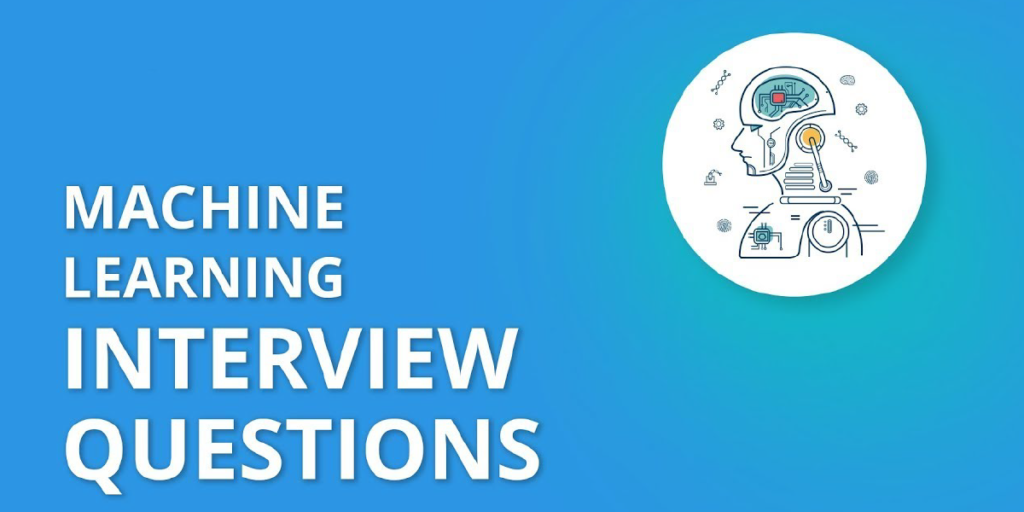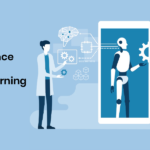Machine Learning Interview Questions
IQ Stream Technologies is one of the top quality Machine Learning training in Bangalore with highly experienced and skilled professional trainers delivering advanced Machine Learning, data science and python training with online practical lessons. Also, explore Data science and Python interview questions here.
Q1- What’s the trade-off between bias and variance?
Bias is error due to erroneous or overly simplistic assumptions in the learning algorithm you’re using. This can lead to the model under fitting your data, making it hard for it to have high predictive accuracy and for you to generalize your knowledge from the training set to the test set.
Q2- What is the difference between supervised and unsupervised
machine learning?
upervised learning requires training labeled data. For example, in order to do classification (a supervised learning task), you’ll need to first label the data you’ll use to train the model to classify data into your labeled groups. Unsupervised learning, in contrast, does not require labeling data explicitly.
Q3- How is KNN different from k-means clustering?
K-Nearest Neighbors is a supervised classification algorithm, while kmeans clustering is an unsupervised clustering algorithm. While the mechanisms may seem similar at first, what this really means is that in order for K-Nearest Neighbors to work, you need labeled data you want to classify an unlabeled point into (thus the nearest neighbor part). Kmeans clustering requires only a set of unlabeled points and a threshold: the algorithm will take unlabeled points and gradually learn how to cluster them into groups by computing the mean of the distance between different points.
Q4- Explain how a ROC curve works.
The ROC curve is a graphical representation of the contrast between
true positive rates and the false positive rate at various thresholds. It’s often used as a proxy for the trade-off between the sensitivity of the model (true positives) vs the fall-out or the probability it will trigger a false alarm (false positives).
Q5- Define precision and recall.
Recall is also known as the true positive rate: the amount of positives your model claims compared to the actual number of positives there are throughout the data. Precision is also known as the positive predictive value, and it is a measure of the amount of accurate positives your model claims compared to the number of positives it actually claims. It can be easier to think of recall and precision in the context of a case where you’ve predicted that there were 10 apples and 5 oranges in a case of 10 apples. You’d have perfect recall (there are actually 10 apples, and you predicted there would be 10) but 66.7% precision.Q6: How is Bayes’ Theorem useful in a machine learning context?
Bayes’ Theorem gives you the posterior probability of an event given what is known as prior knowledge. Mathematically, it’s expressed as the true positive rate of a condition sample divided by the sum of the false positive rate of the population and the true positive rate of a condition. Say you had a 60% chance of actually having the flu after a flu test, but out of people who had the flu, the test will be false 50% of the time, and the overall population only has a 5% chance of having the flu. Would you actually have a 60% chance of having the flu after having a positive test.Q7- Why is “Naive” Bayes naive?
Despite its practical applications, especially in text mining, Naive Bayes is considered “Naive” because it makes an assumption that is virtually impossible to see in real-life data: the conditional probability is calculated as the pure product of the individual probabilities of components. This implies the absolute independence of features — a condition probably never met in real life
Q8- Explain the difference between L1 and L2 regularization.
2 regularization tends to spread error among all the terms, while L1 is more binary/sparse, with many variables either being assigned a 1 or 0 in weighting. L1 corresponds to setting a Laplacean prior on the terms, while L2 corresponds to a Gaussian prior.
Q9- What’s your favorite algorithm, and can you explain it to me in
less than a minute?
This type of question tests your understanding of how to communicate complex and technical nuances with poise and the ability to summarize 7/30/2017 41 Key Machine Learning Interview Questions with Answers https://www.springboard.com/blog/machine-learning-interview-questions/ 9/23 quickly and efficiently. Make sure you have a choice and make sure you can explain different algorithms so simply and effectively that a fiveyear-old could grasp the basics!
Q10- What’s the difference between Type I and Type II error?
Don’t think that this is a trick question! Many machine learning interview questions will be an attempt to lob basic questions at you just to make sure you’re on top of your game and you’ve prepared all of your bases. Type I error is a false positive, while Type II error is a false negative. Briefly stated, Type I error means claiming something has happened when it hasn’t, while Type II error means that you claim nothing is happening when in fact something is.
For more: deeplearning.lipingyang.org





Comments are closed.